|
Sam Burnham, Curator
It happens about this time every year. The Georgia Bulldogs and the Florida Gators, along with their respective faithful, make a pilgrimage to Jacksonville to compete for a year’s worth of bragging rights and often a leg up for the SEC East title. They’ve been doing this since 1933, except for the two years taken off while the historic Gator Bowl stadium was converted into whatever they’re calling it this week. It’s an old tradition that remains one of college football’s last neutral site rivalry games. The tailgating atmosphere that spills out of the stadium parking lot and spreads all over town has come to be known as the World’s Largest Outdoor Cocktail Party...because that’s what it is. The stories from this cultural event are the stuff of legend. My dad and uncle (Georgia and Florida fans, respectively) went a few times. On one occasion they were driving through town with the windows down on a beautiful Florida fall afternoon. They came to a red light nowhere near the stadium. A car pulls up beside them in the left lane. The driver of the other car looks at my uncle in the passenger seat and says “hey buddy, you want a beer?” And then hands him a cold beer through the car windows. Welcome to the WLOCP. But this rivalry goes back further than 1933. The first game was in 1904...or maybe 1915, depending on who you ask. But the Georgia-Florida rivalry is even older than that. When James Oglethorpe proposed the Colony of Georgia in 1730, it was to be a buffer between the existing British colonies and Spanish Florida. Spain had an important fort, The Castillo de San Marcos, at St. Augustine, south of present day Jacksonville. Oglethorpe led military campaigns to oppose the Spanish. Ft. King George was built at Darien and Ft. Frederica and Ft. St. Simons were built on St. Simons Island to defend against Spanish invasion. Oglethorpe would lay siege to St. Augustine more than once. The War of Jenkins’ Ear was, in part fought in this area. The Battle of Bloody Marsh took place on St. Simons. Georgia and Florida have been fighting around Jacksonville since before Jacksonville was even there. There are those who would move this rivalry to include Atlanta or even “home and home.” Why would you want to mess up a good thing? It has worked for almost 90 years as a football rivalry and 290 years as a rivalry, period. This should never be changed. It’s both states at their finest. Epic hospitality meets epic animosity and they go so well together. Seeing that clean break behind each goal post where orange and blue turn to red and black and then back again...you can’t beat it. It’s just beautiful. So here I stand with Jacksonville and the WLOCP. May it continue for another 300 years.
1 Comment
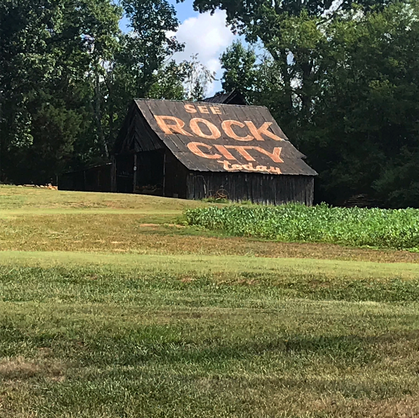 One of 79 Surviving Rock City Barns One of 79 Surviving Rock City Barns Sam Burnham, Curator A weathered old barn sits across a field. The structure is easily visible from the highway. Despite the impact from decades of soaking rain and blistering sun, “See Rock City Today” is still visible on the tin roof. The locals pass by with hardly a thought of it. To them it’s just part of the landscape that is home, no different than anything else along a barely changing roadside. But this scene is becoming more rare. In places where shopping centers and subdivisions have replaced family farms this scene seems either idyllic or obsolete. It all depends on who you ask. For those embracing the idea that progress means development the field and barn offer opportunity, potential, and an open door to the future. Land has a monetary value and the right plans can maximize the return on investment. The numbers shift with considerations for commercial, industrial, or residential development. Under the right circumstances a landowner could become a multimillionaire overnight. That’s a hard offer to pass up in exchange for an old farmhouse, a weathered barn, and some odd acres of dirt. That’s how developments like Gwinnett Place and Town Center forever changed the culture of their respective communities. Skyrocketing real estate prices and encroaching development caused small homesteads and farms to fall like dominoes. The land became much more economically productive. Thousands of jobs were created in shopping centers and freestanding stores, restaurants, and bars. A single family home or a stand of trees would be foolish on such valuable land. There’s a lesson there on the power of markets but that’s for another day. 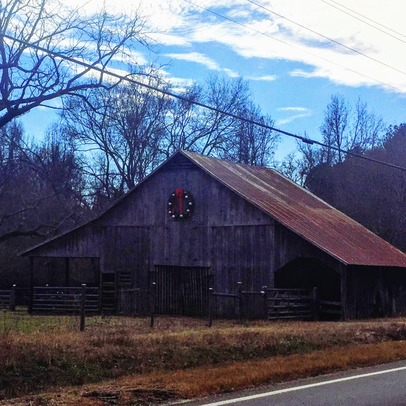 A Festive Take on the Barn Aesthetic A Festive Take on the Barn Aesthetic Back at the barn we have that hint of nostalgia. Oh to return to a time when barns were plentiful! But the barn wasn’t built for aesthetics. It had a purpose. Perhaps it still serves its purpose. Barns house livestock, feed, equipment...it all depends on the farmer, the farm, and the barn. Such a versatile structure added some more income when Garnet Carter paid for advertising space on it and Clark Byers covered them in messages. The ad campaign combined with a love of the past and fond memories make these particular barns more than ordinary. Really, any old wooden barn will bring those emotions. The Rock City (or Ruby Falls, Sequoyah Caverns, etc) barns seem to carry an extra punch. The imagery broadcasts to our emotions. We think of human scale, simpler times, dirty hands, clean money, rugged individualism, self-sufficiency. Those are the qualities that built the aesthetic. We see a surviving barn and we think of it as loyal, reliable, industrious, thrifty - all good characteristics. They are the traits we hope to see in ourselves. But are we really looking for those traits? Has the aesthetic become so strong that it’s enough to admire the barn without expecting to live up to the traits themselves? I’m asking these questions as on a clipboard rather than a chalkboard. I ask as a learner rather than a teacher. Over the past few months I’ve asked myself many of these questions. 2020 has given perspective. I want to grow from that. It’s a chance to build an aesthetic like the barns have. If we really believe in the principles, embracing them fully should be a natural reaction. What drives the aesthetic? How do we get there ourselves? Will this help us preserve the people, places, things, and ideas that we love? 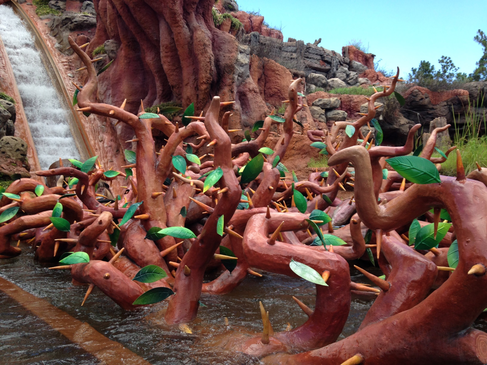 The Safe Haven of the Briar Patch The Safe Haven of the Briar Patch Sam Burnham, Curator Complex times call for complex solutions to complex problems. And so Disney now faces a choice to either re-theme a fan favorite or capitalize on an opportunity to do some of their best storytelling ever. Disney’s Splash Mountain is a cornerstone of their Magic Kingdom parks in Florida, California, and Japan, Based on the controversial Song of the South film (1946) that was based on the Uncle Remus stories of Georgia author Joel Chandler Harris. The reactions to the announcement from both sides have been to usual crossfire of “tear down racism” and “leave history alone.” But the cultural significance of the moment is lost in between those simplistic points. The stories of Br’er Rabbit and his neighbors are steeped in the history of the South and also West Africa, Harris was abandoned by his unwed father shortly after his birth and raised by his mother before dropping out of school in his early teens, He spent years in slave cabins learning the stories and perfecting the dialect from the men and women who toiled on Turnwold Plantation bear Eatonton where he lived while apprenticing with a newspaper. His own humble origins drew him to the enslaved people and made him want to relate with them. He wanted to share the oral tradition of enslaved people to "preserve in permanent shape those curious mementoes of a period that will no doubt be sadly misrepresented by historians of the future."  The View From the Top, Above the Briar Patch The View From the Top, Above the Briar Patch The dialect, stories, clothing, songs, traditions, and culture that once spanned the South are now diminished to a few hundred people on the coast of Georgia. Their stories are presently hidden in plain sight on one of the most popular rides in the Happiest Place on Earth. Disney needs to do a risk vs reward assessment. What do they stand to lose vs what they stand to gain? Changing the theme of Splash Mountain would pacify calls for change and be a benign step to creating new entertainment opportunities. But at what cost? Should thet bury forever the folk heroes of the oral tradition of enslaved people? Disney has the resources, the audience, and the machinery in place to do something so much greater. Disney should partner with The Wren’s Nest in Atlanta and The Uncle Remus Museum in Eatonton to make a film that celebrates these narratives. Show their audience who Br’er Rabbit is. Shift away from the live action portions of Song of the South that people find problematic. Focus on the characters who appear in the ride, the subjects who make up a fable tradition as rich as Aesop’s. Give film audiences and park visitors an experience with the wit and wisdom that these stories celebrate. 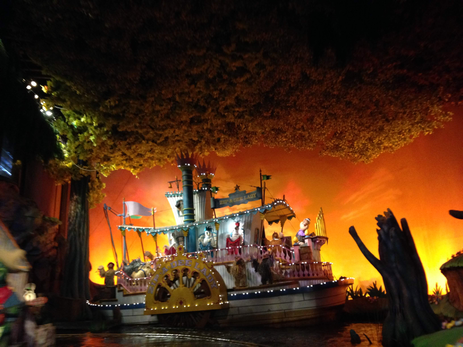 The Triumphant Finale The Triumphant Finale Provide a space outside the ride for authentic storytellers to share the narratives for park visitors. Present these stories for a mainstream audience in a way that educates and entertains. Use the queue line to expand on the stories. They could even tie in scheduled ring shouter performances or other appropriate cultural demonstrations in that space. The possibilities are endless. Make it culturally appropriate, make it historically accurate. Tell the story. If racism and poor cultural representation are the stubborn stumps we can’t dislodge, Splash Mountain can be a stick of dynamite to loosen things up a bit. Do the right thing, Disney. Do not bulldoze the Briar Patch. Elevate the king of that briar patch. Tell his story and those of his neighbors with the help of people who know them best. Don’t sweep him into obscurity. Tell an even bigger story, the right story, the real story. |
Sam B.Historian, self-proclaimed gentleman, agrarian-at-heart, & curator extraordinaire Social MediaCategories
All
Archives
November 2022
|

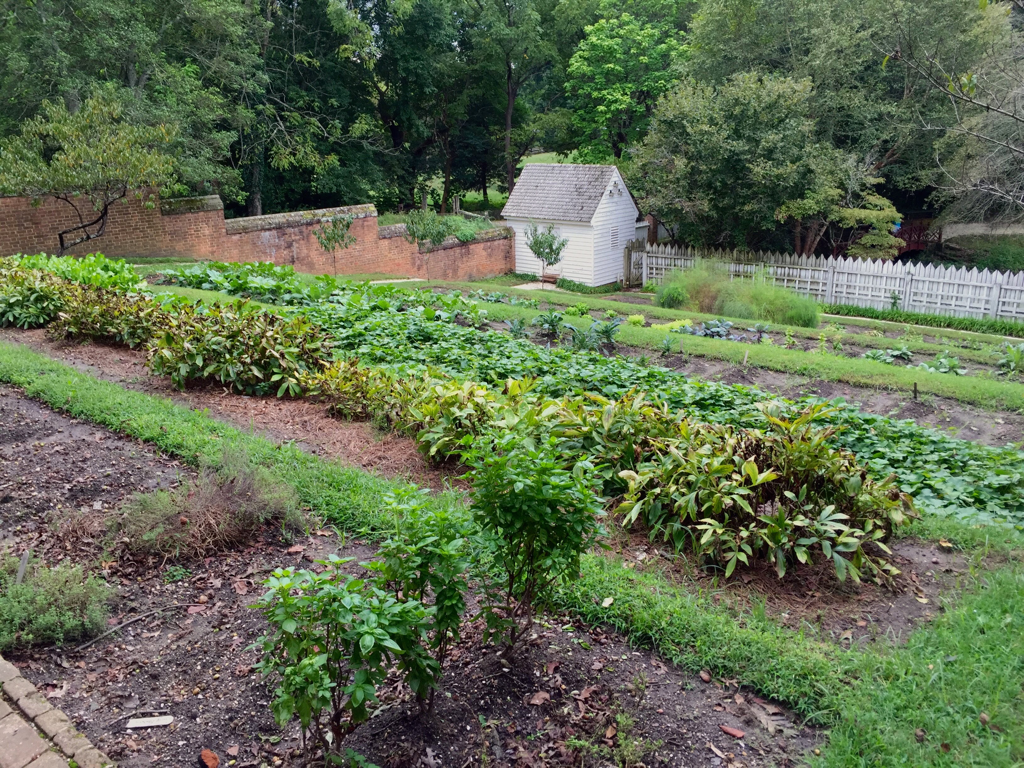


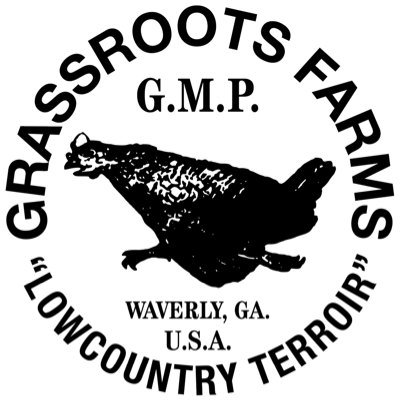
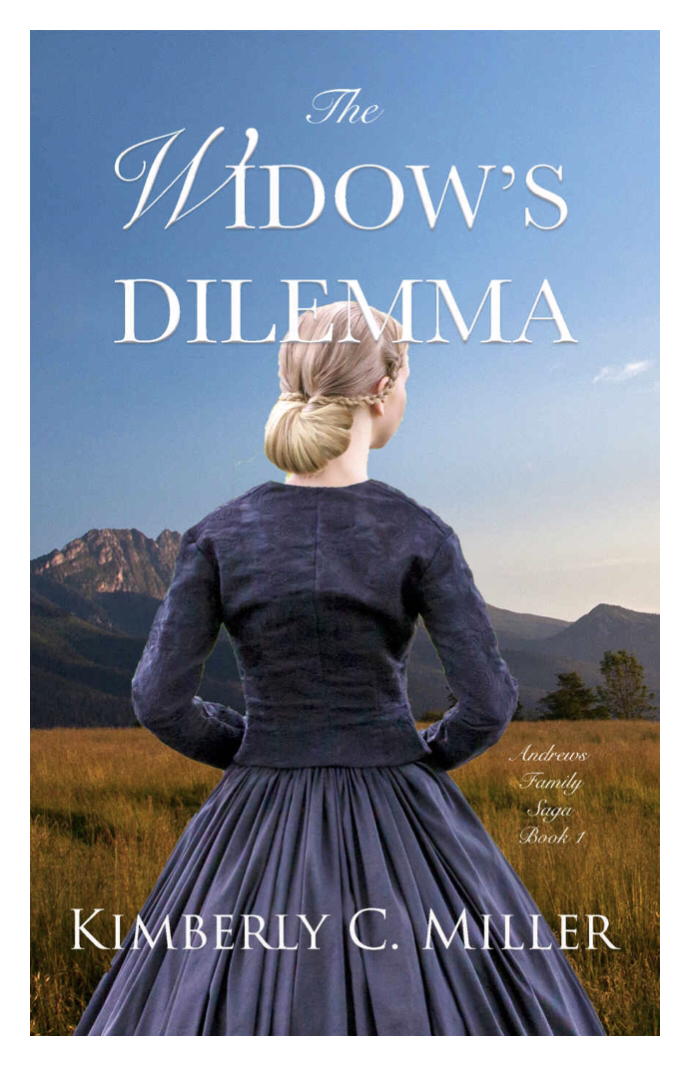
 RSS Feed
RSS Feed
